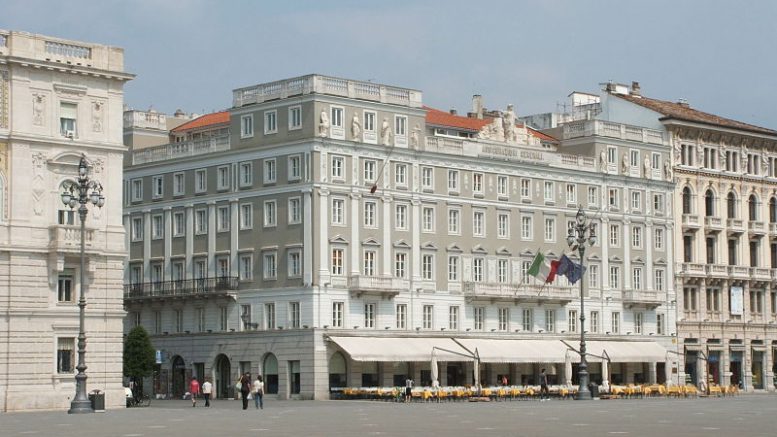di Sergio Mauri
This is a story you could already heard about. But it is worth to be said again. Trieste, a sea town in
the heart of Europe, had its heyday under the Habsburg’s Empire. The opening to commercial traffic
brought a complete renovation of the town, both in its architecture and its cultural life. It was, indeed,
the Empress Maria Theresa who started it all off. It’s by her that the new district, developed from the
middle of the eighteenth century following the modern criteria of rationalization and formal elegance
dictated by the neoclassical taste of the time, was built up. This neighbourhood bears her name: it is
called Borgo Teresiano.
The presence of the Habsburgs has also had a considerable influence on the local cuisine, which is
shaped by a fusion of Austro-Hungarian traditions, which give you a chance to enjoy the imperial
tastes of the past. If you stroll through the streets of the town, spiffed up by wonderful historical
palaces, it is like stepping back in time, back to when the town was the port of the Habsburgs, and
thus finding the atmosphere of the past, which has remained nearly intact, especially in the cafès and
in the eclectic buildings of the town centre.
We can now tell you what you definitively must see in Trieste. The Castle of Miramare, imperial
residence of Maximilian of Habsburg. The place maintains the original furnishing and decorations,
which give the halls a romantic touch of sadness, especially if you remind the unhappy love story
which accompanied the birth of the Castle. The Castle is sorrounded by a beautiful park, with some
tropical trees and plants as well as local ones.
You must even see the Palazzo della Borsa vecchia – the old stock exchange – a true neoclassical
building, erected by the merchant classes at the end of the eighteenth century. You must see Palazzo
Carciotti, the first and most original example of neoclassical style in Trieste. You must see Palazzo
Gopcevich, which stands out for its decoration with two-tone tiles and for the elegance of its windows.
This place is also the proud of triestine serb community. You must see the Caffè San Marco, which
was shaped in a liberty style. It was, since its very beginning, the favourite meeting place for
intellectuals and university students, who came here for the exquisite Sachertorte. You must see the
Pasticceria Pirona, an historical patisserie shaped in a liberty style, where it is possible to eat tasteful
cakes of austrian origins like the krapfen, the strudel (strucolo de pomi in local dialect), the pinza
triestina, the putizza, the presnitz. It was even the place where James Joyce used to get a morning
coffee. You must go to the Pasticceria la Bomboniera, a place where you can eat cakes of hungarian
origins like the dobos torte and the rigojanci.
Anyway, don’t forget to take the tram of Opicina (still off duty) to go to the karst plateau.


